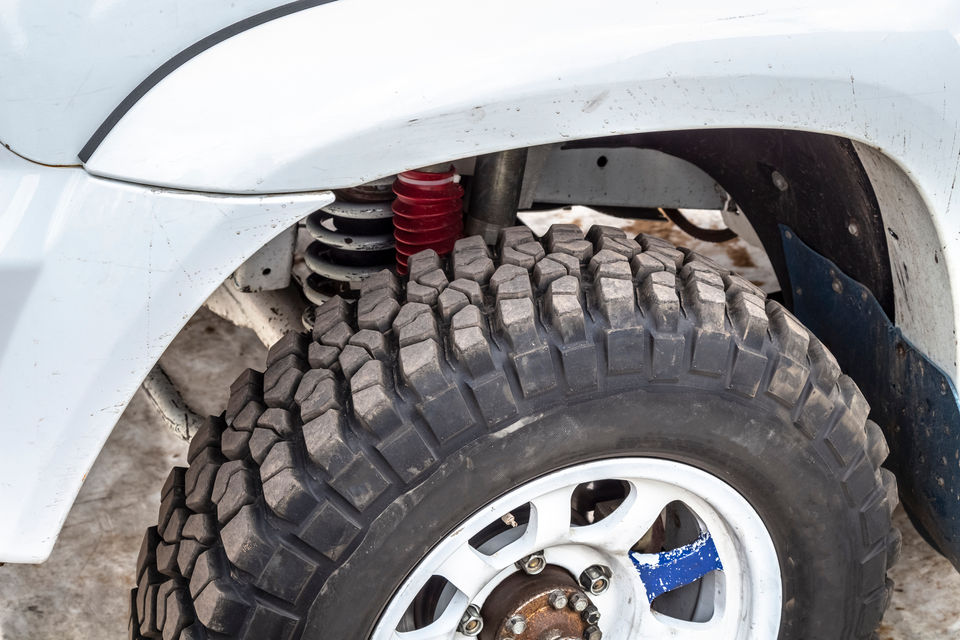
Is 3 Inch Lift Legal In QLD/NSW/Victoria? Legal Lift Height?
Planning a lift for your vehicle? Are you aware of the legal lift height regulations before you modify your car?
Don’t get started until you’re sure that your proposed lift is legal! We’re here to help you upgrade your ride without legal complications.
Is A 3 Inch Lift Legal?
When it comes to lifting your car, the laws vary from state to state in Australia.
In Queensland, a maximum lift of 50mm or 2 inches, is allowed, while anything beyond that requires certification. In both New South Wales and Victoria, you can legally lift your vehicle to a maximum of 75mm or 3 inches.
Reasons For Regulations On Legal Lift Kit Height
You might be wondering why there are regulations governing lift kits in the first place.
The primary reason is safety. Lift kits alter the vehicle’s centre of gravity and can affect its ability and handling. Excessive lifts can increase the risk of rollovers, especially during cornering or emergency manoeuvres.
Therefore, state governments have implemented regulations to ensure that vehicles remain safe on public roads.
Maximum Allowable Lift Height for Each State
Queensland
In Queensland, the highest legal lift for a vehicle is 50mm (approximately 2 inches) from the factory specifications.
However, if you wish to lift your vehicle beyond this limit, up to 75mm or 3 inches, you will require a certificate. This document guarantees the safe execution of the lift, meeting all the essential standards mandated by the authorities.
New South Wales
The legal lift kit height in New South Wales is 75mm or 3 inches.
However, certain instructions must be adhered to. The maximum lift from the suspension should not exceed 50mm (2 inches), while the diameter increase should be limited to 50mm (equivalent to a 25mm or 1 inch lift).
By adhering to these regulations, you can legally lift your vehicle within the specified limits in NSW.
Victoria
Similar to NSW, vehicles are allowed to have a lift height of 75mm or 3 inches in Victoria.
There are also two parameters to consider: the lift from the tyre and the lift from the suspension. The maximum lift from the tyre is 25mm (equivalent to a 50mm diameter increase), while the suspension can be raised by 50mm or 2 inches.
Government Laws And Penalties On Height Limits
Failure to comply with the lift height regulations can result in various penalties, depending on the state and the severity of offence. Some common penalties for non-compliance include:
Fines
You may be fined for exceeding the legal lift height limits.
Demerit Points
Non-compliance can also lead to the accumulation of demerit points on your driver’s licence, which can result in licence suspension or other consequences.
Vehicle Impoundment
In some cases, if the lift height violation is severe or repeated, authorities may impound your vehicle until the necessary modifications are made to comply with the regulations.
Conclusion
While the maximum legal height may vary between states, it is important to adhere to these regulations to ensure road safety and avoid penalties.
By doing so, you can enjoy the benefits of a modified vehicle while maintaining safety and abiding by the legal requirements.
Lift your vehicle, but don’t lift your troubles. Elevate your wheels while staying street-legal!

Louis
I'm Louis, an engineer passionate about helping Australians choose better tyres for their vehicles!
